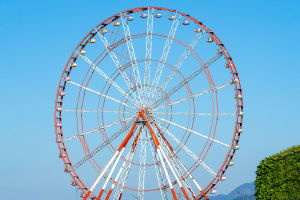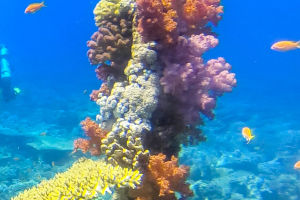Artificial Intelligence (AI) has rapidly transformed various aspects of our society, from intelligent recommendation systems to self-driving cars.
Among the many areas being revolutionized by AI, the field of art has seen the emergence of AI painting, which has sparked widespread debate.
The question that arises is whether AI painting will eventually replace traditional human painters—a question that warrants serious consideration.
AI painting involves training computers to generate artwork using technologies such as deep learning and generative adversarial networks (GANs). In recent years, AI's ability to create visually stunning images has improved significantly.
For instance, AI can now imitate the styles of renowned artists and even generate entirely new stylized artworks. These advancements compel us to reassess our understanding of artistic creation and the evolving role of AI in this domain.
AI offers distinct advantages in the realm of artistic creation. One of its most notable strengths is its ability to produce a vast number of artworks in a short period, a feature particularly valuable in commercial sectors.
In advertising, gaming, and film production, AI can quickly generate high-quality visual materials, thereby enhancing efficiency. Moreover, AI can blend various artistic styles to create unique works, pushing the boundaries of traditional artistic creation.
Compared to the time and effort human painters invest, AI's painting process is more cost-effective, offering an affordable solution for industries that require extensive visual content.
However, human painters possess irreplaceable qualities in artistic creation. Art is not merely a technical skill; it is also a profound expression of emotions and thoughts.
Human painters infuse their artworks with their personal experiences, emotions, and ideas—elements that are inherently subjective and cannot be fully replicated by AI. The emotional depth and personal perspective embedded in human-created artworks are beyond the reach of AI.
Additionally, while AI can produce novel images, its creativity and originality are constrained by the data on which it has been trained. Human painters, on the other hand, draw inspiration from their life experiences and unique viewpoints, a wellspring of creativity that AI cannot access.
Artworks often reflect the cultural background and social context of their creators, and human painters incorporate their understanding and reflections on society, culture, and history into their creations—nuances that AI struggles to grasp.
Therefore, the rise of AI does not necessarily signal the end of human painters. Instead, AI can serve as a powerful tool to enhance human artistic creation. Many artists have already begun integrating AI into their creative processes, using it to explore new art forms and methods.
For instance, some artists employ AI to generate preliminary sketches, which they then manually refine and polish, resulting in more unique and nuanced works.
This collaborative approach not only expands the possibilities of artistic creation but also encourages artists to rethink their creative processes. By handling tedious details, AI allows artists to focus on the core elements of creativity and artistry.
While AI painting boasts clear advantages in terms of efficiency, style diversity, and cost-effectiveness, it cannot replace human painters when it comes to emotional expression, creative originality, and cultural depth.
In the future, collaboration between AI and human painters could become a new mode of artistic creation, where both parties contribute to the evolution of art in a complementary manner.
As we navigate the intersection of technological advancement and artistic tradition, it is essential to strike a balance that allows AI and human painters to jointly drive innovation and development in the art world.
AI can be a valuable tool in the artistic process, but the core value of art still resides in the unique emotions and creativity of human beings.


